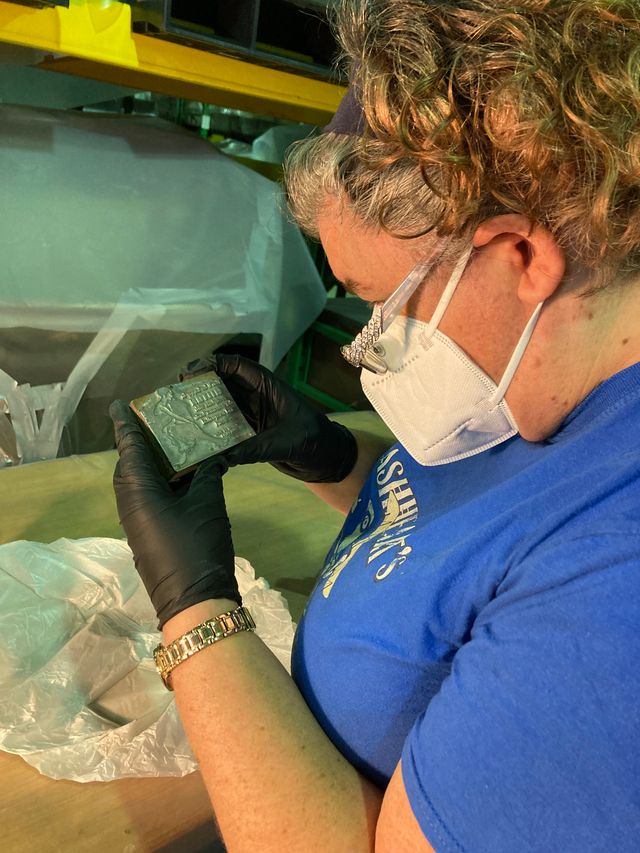Collecting is a thoughtful and deliberate process at the National Museum of Australia, where we tell the diverse stories of Australian life and experience.
Like museums across the globe, we regularly review the objects held in our care. This helps us better understand the collection and makes sure we are investing our resources in caring for the objects that best tell our stories now and into the future.

What is a collection review?
A collection review is a methodical assessment of objects and is an essential part of good museum practice.
Curators research the history of each object and document how and why it came into the collection. They assess the object's historical, scientific, aesthetic or social significance, and look at its condition.
After careful review, some objects may be removed from the collection, in a process called deaccessioning.
What is deaccessioning?
Deaccessioning is the formal process of removing an object from the Museum’s collection.
Every object or group of objects proposed for removal undergoes detailed research and curatorial assessment. There are several layers of investigation and approval before an object recommended for deaccessioning goes to the Museum's Director and Council for a final decision.
This rigorous process ensures that decisions are transparent, accountable and in the public interest. It is governed by our Collection deaccessioning and disposal policy.
Why remove objects at all?
Removing objects is a vital part of responsible and sustainable collection management. There are many reasons an object might no longer be a good fit for the Museum’s collection.
An object may be a duplicate or lack enough documentation for curators to determine its history or significance.
Other objects may be damaged beyond repair or deteriorated to the extent their significance is diminished, and they can no longer effectively tell stories.
Some objects pose a danger to people or other items in the collection. Objects that include asbestos or volatile chemicals, or that are radioactive, can make storage and display difficult or unviable.
What about First Nations material?
No First Nations cultural or historical objects are currently being considered for deaccessioning.
Any future procedures and processes for reviewing First Nations material will be developed in consultation with relevant communities and stakeholders, as part of the Museum's commitment to respectfully engage with and consult First Nations communities to better understand and care for the many significant objects in our care.
What happens to deaccessioned objects?
The Museum tailors its approach to removing each object or group of objects.
Preference is given to objects being returned to original donors or their descendants, though sometimes this is not possible if many years have passed since the acquisition or if the objects were donated under the Cultural Gifts Program.
The Museum also prefers to give objects to another public museum or institution, where they have meaning to a state or community, but limited national significance.
If returning or gifting objects are not viable options, and they have market value, they may be sold. This gives the Museum the opportunity to reinvest the proceeds into caring for the broader collection.
As a last resort, objects with no significance, in a degraded condition or that contain significant hazards are transferred to waste disposal, with careful consideration of public safety and environmental sustainability.
The considered and ongoing review of objects remains an important part of ensuring the Museum continues to build and reframe its collection for the 21st century.
You may also like